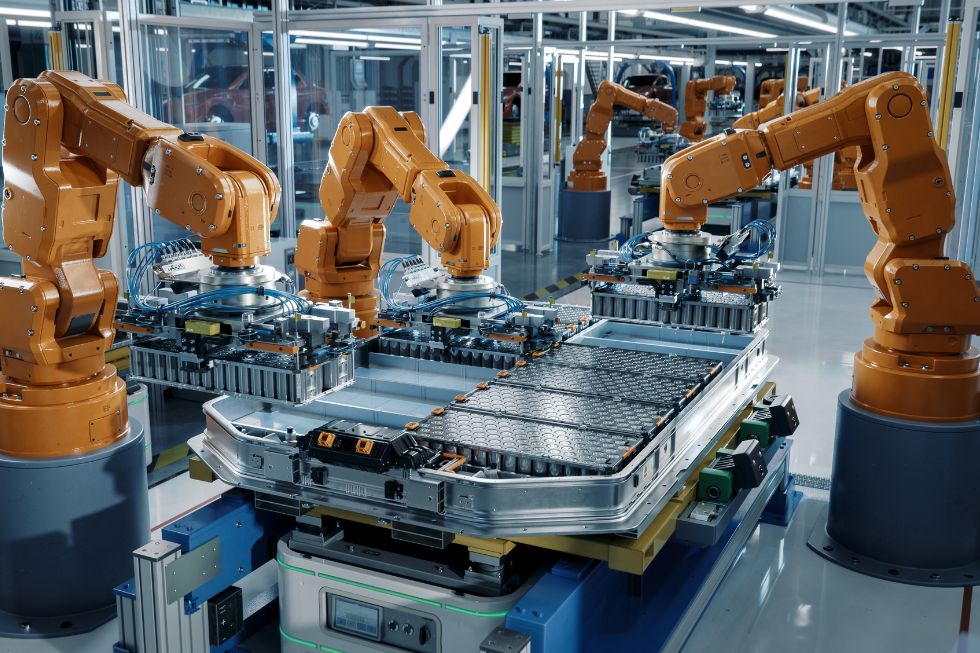Electric Vehicles: Why Trade Battles Can't Rescue U.S. Manufacturing's Deeper Crisis

The electric vehicle (EV) landscape is rapidly transforming, with the United States confronting an increasingly challenging global marketplace. At the forefront of this competitive shift is China, which has strategically positioned itself as a powerhouse in EV manufacturing and innovation.
China's remarkable ascent in the electric vehicle sector has been characterized by aggressive investment, cutting-edge technological development, and a robust manufacturing infrastructure. The country has not merely entered the EV market—it has reshaped it, creating a formidable ecosystem of electric vehicle production that extends far beyond its domestic borders.
While American manufacturers have long been pioneers in automotive innovation, they now face unprecedented pressure from Chinese companies that are rapidly scaling production, reducing costs, and expanding their global market reach. These Chinese manufacturers have developed sophisticated supply chains, benefited from substantial government support, and are increasingly exporting high-quality electric vehicles to markets worldwide.
The competition is no longer just about technological superiority, but about speed, efficiency, and strategic positioning in a rapidly evolving global automotive landscape. As the race for EV dominance intensifies, the United States must innovate, invest, and adapt to maintain its competitive edge in this critical emerging industry.

